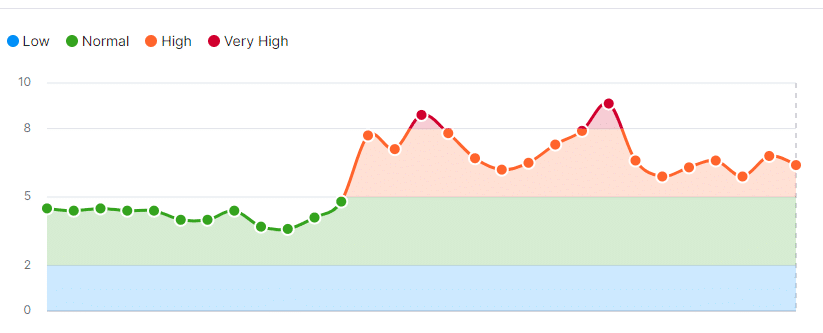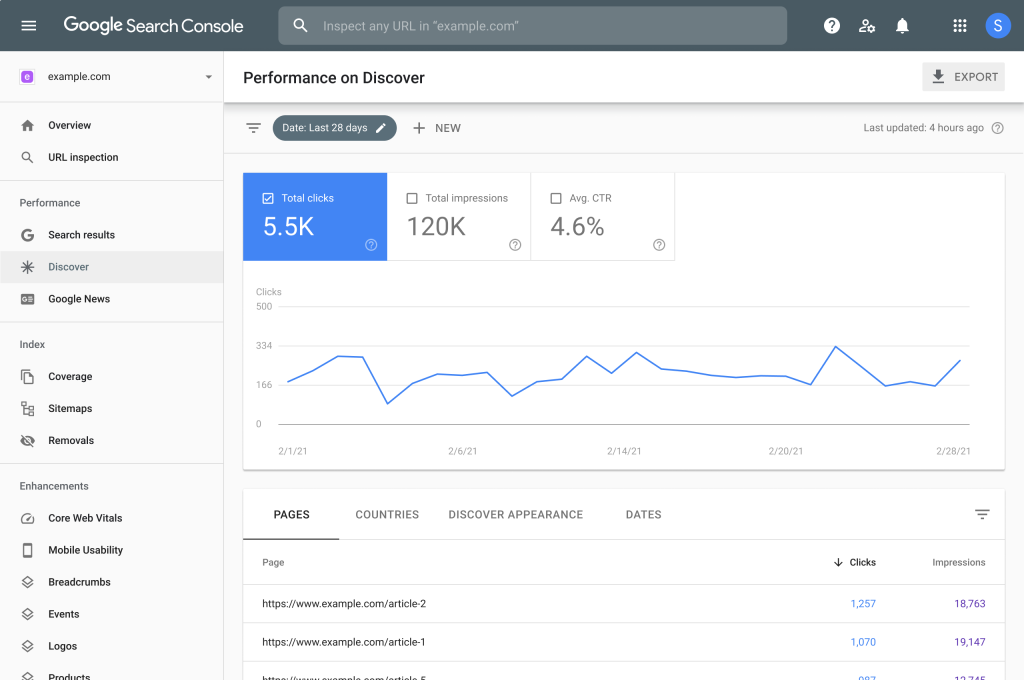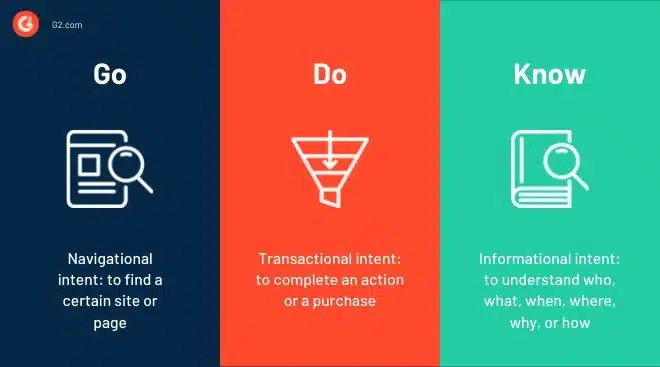
Your search engine rankings are vital to your website’s success. The more often you appear in the top 10 search results for a particular term, the more traffic you can expect to visit your website.
In fact, about 64% of all US web traffic comes directly from Google. Sitting high up on the search engine results page (SERP) gives you a larger slice of that traffic. It also helps you take full advantage of Google’s far-reaching influence.
However, SERP volatility can be an issue. You might think you have Google all figured out because you’re near the top of the rankings for multiple terms, only to see it all disappear overnight. These fluctuations can be a nightmare, but there are some steps you can take to reduce the impact they have on your success.
You’ll have to dance with Google to avoid significant SERP fluctuations. This guide will explain SERP volatility and offer information on adapting and thriving despite Google’s unpredictable nature.
Quick Takeaways
- Learning how and why fluctuations in SERPs occur is vital.
- You’ll need to adapt to these changes by altering your content and SEO strategies.
- Significant data is available to help you uncover patterns.
- Having an authoritative website with diverse content types helps you navigate volatility.
- Working with Google, rather than against it, enables long-term success.
Understanding SERP Volatility
SERP volatility describes the degree of fluctuation on search engine results pages for specific terms. When volatility is high, search results for a particular query change frequently.
This volatility impacts website rankings and visibility as your content experiences a shift in its position within the SERPs. Reasons for SERP volatility include search engine algorithm changes and increasing keyword competition. The influence of current events and mediocre quality signals could also be factors.
SEMrush’s Sensor tool measures SERP volatility on a scale of one to ten. On a typical day, volatility falls between two and five on this scale, with highly volatile days going much higher.

Monitoring SERP volatility and adapting your strategies is vital to maintaining search visibility. You’ll have to do this dance with Google to maximize its immense power.
Adapting to SERP Volatility
You’ll need to adapt if your content is bouncing all over the search engine rankings. Fortunately, you have some tricks, tools, and techniques at your disposal as you adjust.
Tools like Google Search Console, SEMrush, Ahrefs, and Moz provide invaluable insights into:
- Keyword performance
- Backlink profiles
- Site health
You can set up alerts to receive notifications of sudden drops or spikes in rankings, enabling you to react immediately.

You can also utilize rank-tracking tools to monitor your website’s performance for target keywords. These tools provide historical data, allowing you to identify trends and pinpoint the impact of algorithm updates on your rankings.
If SEO is the open ocean, data is your compass. Regularly analyzing your website’s performance metrics, such as organic traffic, bounce rate, and conversion rates, offers a gauge of the effectiveness of your SEO strategies.
There’s more to this data than surface-level fluctuations, too, as you can look into underlying patterns. Identifying correlations between changes in SERP rankings and factors such as content quality, user experience, and competitor activity enables you to adapt your SEO tactics proactively.
Search engine algorithms continually evolve and analyze over 200 elements to develop a ranking. Therefore, you must stay current on industry news. Reading news websites and following reputable SEO blogs informs you about emerging trends. That way, you’ll know what’s coming and can adapt.
Adapting to SERP volatility requires vigilance, data-driven analysis, and information. Using monitoring tools and analyzing data trends helps you emerge stronger in the search engine rankings.
Strategies for Stability
You know you have to adapt, but how do you keep your website with a stable ranking for your target keywords? Focusing on a few key areas gives you the best chance of success.
Diversify Your Content
A diverse content portfolio is like the foundation of your house. It gives you a stable base to build upon as your website and company grow. Instead of relying on one content type, such as blog posts or product pages, add videos, infographics, and podcasts to diversify that base.
Your content should also address various stages of the customer journey. Informative blog posts, engaging social media content, and educational videos cater to the interests of your target audience in various ways. Diversifying your content reduces the ways sudden changes in search engine algorithms influence your rankings.
Build Authority and Trust
Establishing your website as a credible authority in your niche is essential for long-term stability. Creating high-quality, authoritative content that addresses user queries comprehensively and demonstrates expertise in your field can turn you into a go-to authority. Google loves to see authoritative content.
You might also engage with your audience through social media. Responding promptly to questions and addressing concerns builds trust and loyalty among your audience. A strong brand reputation can act as a shield against the chaos of SERP volatility.
Focus on User Intent
At the heart of search engine algorithms lies the intent of the user. What is the searcher actually looking for when typing your keyword into Google?
A solid step is to optimize your content and website structure to align with user intent across different search queries. You’ll need to research your keywords and determine what readers are looking for when they search for these terms.

From there, your content can address specific questions, provide solutions, and deliver value. Focusing on user intent enhances the user experience and builds resilience to search engine ranking volatility.
These steps help you protect your website against the uncertainties of search engine algorithms. The result is more stability in the ever-changing digital landscape.
Maximize Your Online Visibility
Whether you like it or not, Google is king, and you’ll have to dance with its algorithms to achieve online success. Google’s SERP dictates a large percentage of your traffic flow. But by investing in your content and building an authoritative website, you can handle all the volatility Google throws at you.
Ready to take the next step? Learn about our monthly blog and growth services, or schedule a free consultation for more information on how we can help you dance with Google.


0 Commentaires